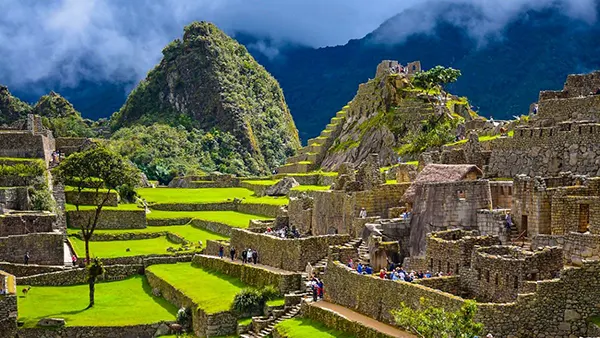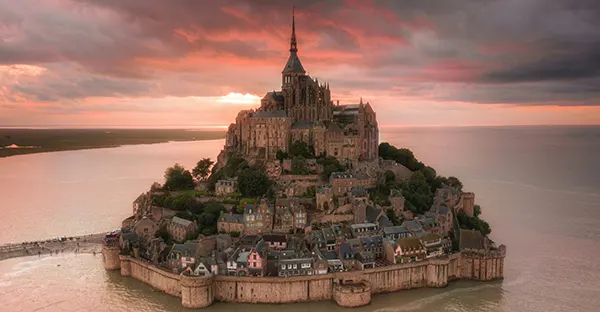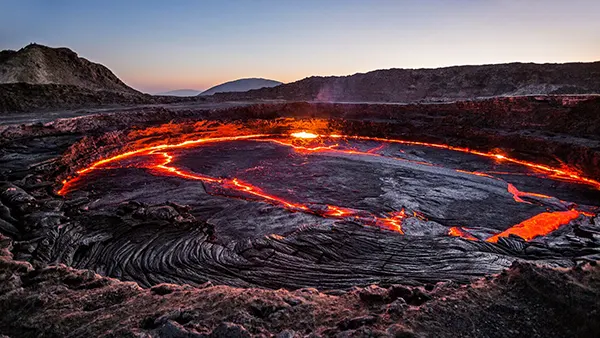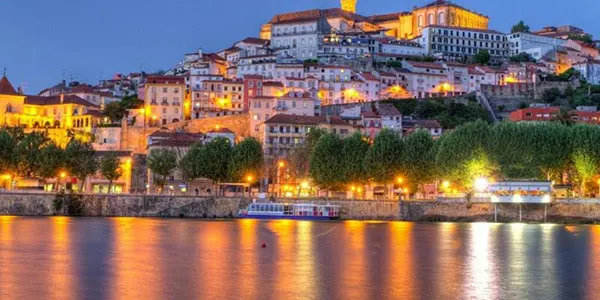
Machu Picchu (Peru): Mystery of the Incas Above the Clouds
Hidden deep within the Andes Mountains of Peru, Machu Picchu stands as a testament to the ingenuity and spiritual depth of the Inca civilisation. Often enveloped in morning mist, this ancient city continues to fascinate archaeologists, historians, and travellers alike. Recognised as one of the New Seven Wonders of the World, it offers not only a stunning view of Andean architecture but also an unresolved enigma that continues to inspire debate and exploration.
Theories Behind the Origins of Machu Picchu
Despite its fame, the original purpose of Machu Picchu remains uncertain. Some experts suggest it served as a royal estate for Emperor Pachacuti, who ruled during the height of the Inca Empire in the 15th century. Its strategic location and intricate construction point to a place of elite significance, possibly used seasonally by nobility for political or ceremonial purposes.
Another popular hypothesis is that Machu Picchu functioned as a sacred religious site. The alignment of its structures with celestial bodies, especially the sun during solstices, supports the idea that the city was built to honour cosmic cycles. Temples such as the Temple of the Sun reinforce this spiritual interpretation.
Some researchers propose that it might have been an agricultural experimentation centre due to the presence of sophisticated terraces. These could have been used to grow different crops at varied altitudes, contributing to the empire’s resilience and agricultural innovations.
Archaeological Evidence and Historical Gaps
Modern archaeological tools, such as LiDAR scans and geophysical surveys, have revealed subterranean structures and road systems surrounding Machu Picchu, suggesting that it was part of a much larger network. However, the Inca left no written records, and most of what we know comes from Spanish chronicles that never even mentioned Machu Picchu.
In 1911, American historian Hiram Bingham brought international attention to the site, but even his early interpretations were flawed. He believed Machu Picchu was the lost city of Vilcabamba, the last refuge of the Incas. Today, that theory has been widely discredited.
The lack of conclusive written or oral evidence fuels continued research and debate, making Machu Picchu a living puzzle in the world of ancient archaeology.
Myths, Legends, and Sacred Significance
Machu Picchu holds deep cultural and spiritual significance in Andean cosmology. According to local Quechua traditions, it was a gateway between the physical and spiritual worlds. The surrounding mountains—Huayna Picchu and Putucusi—were believed to be apus, or sacred spirits that watched over the people.
Legends suggest that Machu Picchu was chosen for its powerful energy fields, and some spiritual travellers today still visit the site for meditation and ritual. Certain rock formations within the city are thought to channel energy, reinforcing beliefs in its sacred geography.
In Inca religion, the sun god Inti played a central role, and Machu Picchu’s Temple of the Sun is aligned with the June solstice. These details confirm the city’s spiritual role within the empire, connecting it with solar cycles and agricultural fertility rites.
Modern Interpretation of Inca Beliefs
Scholars have increasingly turned to ethnographic studies with modern Andean communities to reconstruct the spiritual life of the Incas. Rituals still practiced today often mirror ancient customs, offering insight into how the Inca might have used the space for ceremonial functions.
Festivals such as Inti Raymi, celebrated in Cusco and other regions, provide parallels to rituals that may have occurred at Machu Picchu. These connections bridge the past and present, preserving the intangible heritage of the site.
Though Machu Picchu is now largely a historical monument, its spiritual resonance continues to attract those seeking meaning in ancient wisdom and nature worship.

Tourism, Preservation, and Accessibility
While Machu Picchu’s global popularity has brought economic benefits to Peru, it also presents serious challenges to conservation. Over a million visitors per year put pressure on the ancient stones, trails, and ecological systems of the surrounding cloud forest.
To mitigate damage, UNESCO and the Peruvian government have implemented strict regulations, including daily visitor caps, designated circuits, and compulsory guides. These measures aim to preserve the site’s integrity while allowing continued public access.
Climate change and natural erosion further threaten the preservation of Machu Picchu. Increased rainfall and landslides destabilise the terrain, requiring constant monitoring and maintenance to protect the ancient structures from irreversible harm.
How to Visit Responsibly
Travellers can reach Machu Picchu via several routes. The most famous is the Inca Trail, a multi-day trek that passes through stunning landscapes and other archaeological sites before arriving at the Sun Gate. Permits for this trail are limited and often sell out months in advance.
Alternatively, visitors can take the train from Cusco to Aguas Calientes, followed by a short bus ride to the entrance. This method is more accessible for those unable to complete the rigorous hike but still offers impressive views along the way.
Tourists are encouraged to travel with licensed operators, respect marked paths, and avoid touching or climbing on ruins. Responsible tourism ensures that future generations will also have the opportunity to experience this cultural treasure.
Popular articles
-
 Mont-Saint-Michel (France): the abbey island shaped by tides
Mont-Saint-Michel (France): the abbey island shaped by tidesMont-Saint-Michel is one of the most distinctive historical sites in …
-
 Depression Danakil: Ethiopia’s Fierce and Haunting Landscape
Depression Danakil: Ethiopia’s Fierce and Haunting LandscapeThe Danakil Depression in Ethiopia is often described as one …
-
 Coimbra, Portugal — A Student City Shaped by Centuries of Academic Tra...
Coimbra, Portugal — A Student City Shaped by Centuries of Academic Tra...Coimbra stands as one of Portugal’s most influential cultural and …
